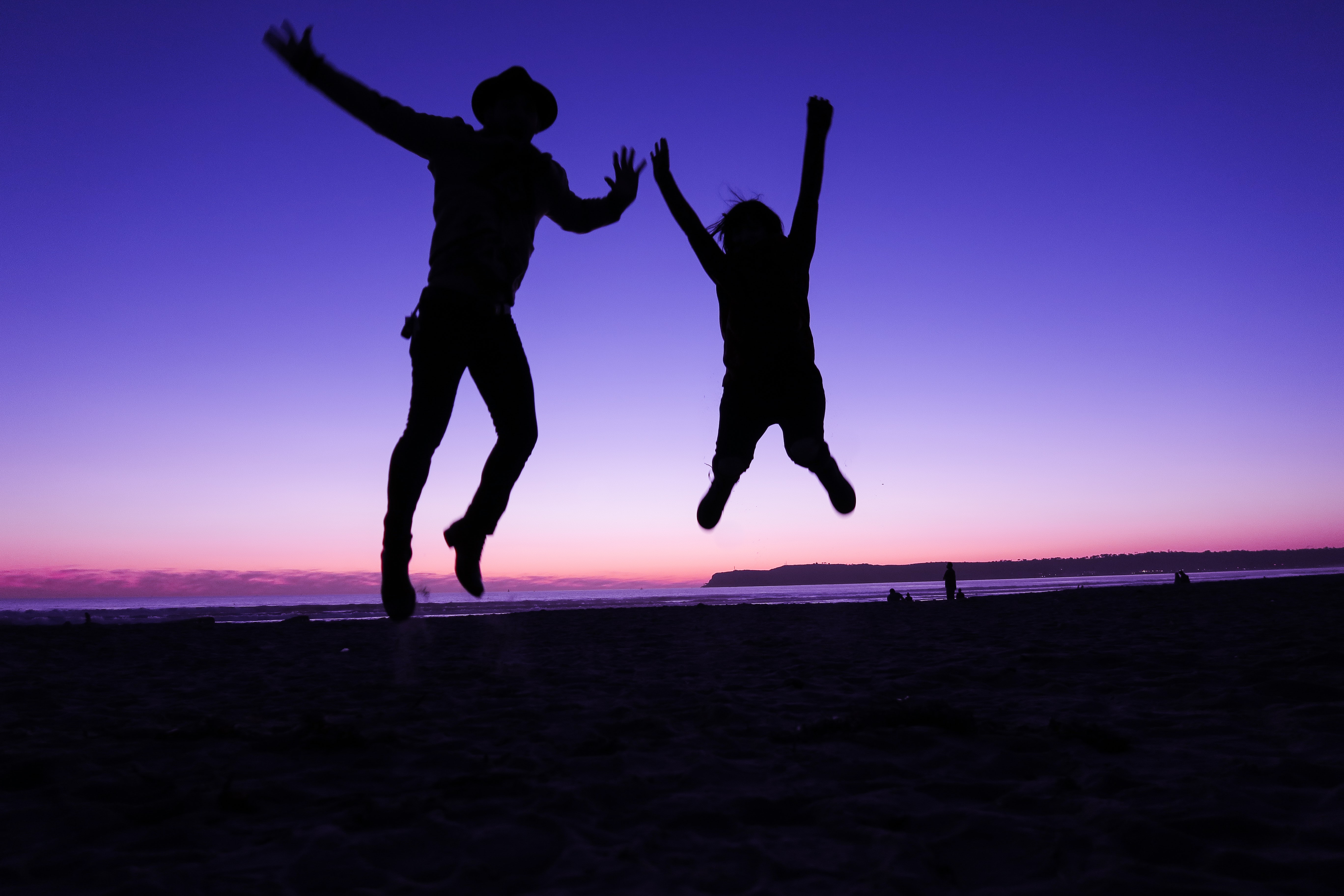
Film helps us to share stories. Live-Action films are a moving image recording of what is happening at a particular time. I love the way that ‘The Story of the Willow Tree Pattern’ made by Irish primary school children captures great acting and also other movement such as, the trees blowing in the wind. What really makes it stand out is the other sensory stimulations included, like voiceovers, music tracks and sound effects. These help to tell the story to great effect.
Next step is for you (& maybe your family too) to decide what you will make your film about. Either make up your own story or adapt an original story. The Irish Folklore – Schools Collection at https://www.duchas.ie/en/cbes is a good source of stories which could be adapted into a film. Or you could choose a short story or chapter from a book you’ve read and make your own adaptation of it. Its totally up to you! But remember you are not making a feature film so my advice is to keep it short and simple.
Best way to prepare is to Storyboard the script so that you will have a visual image of how to organise the film before you start recording. Trust me this will save you lots of time and error! The storyboard can specify the movement, actions, expression, and dialogue for the characters. It also includes information about the location of where the scene is being shot. It is written in the ‘here and now’.

Check out this brief introduction to storyboarding made by IADT Film Dept. student Ian Burke.
Storyboard template available here …
Next step is draw out a storyboard for your film – this is a very important part of the planning process for making a film, known as the pre-production stage.
I’ll be back tomorrow with more from the #MakeFilmsAtHome Series with a post on Set Design, Costumes & Cast! For Live-Action Film-making.
